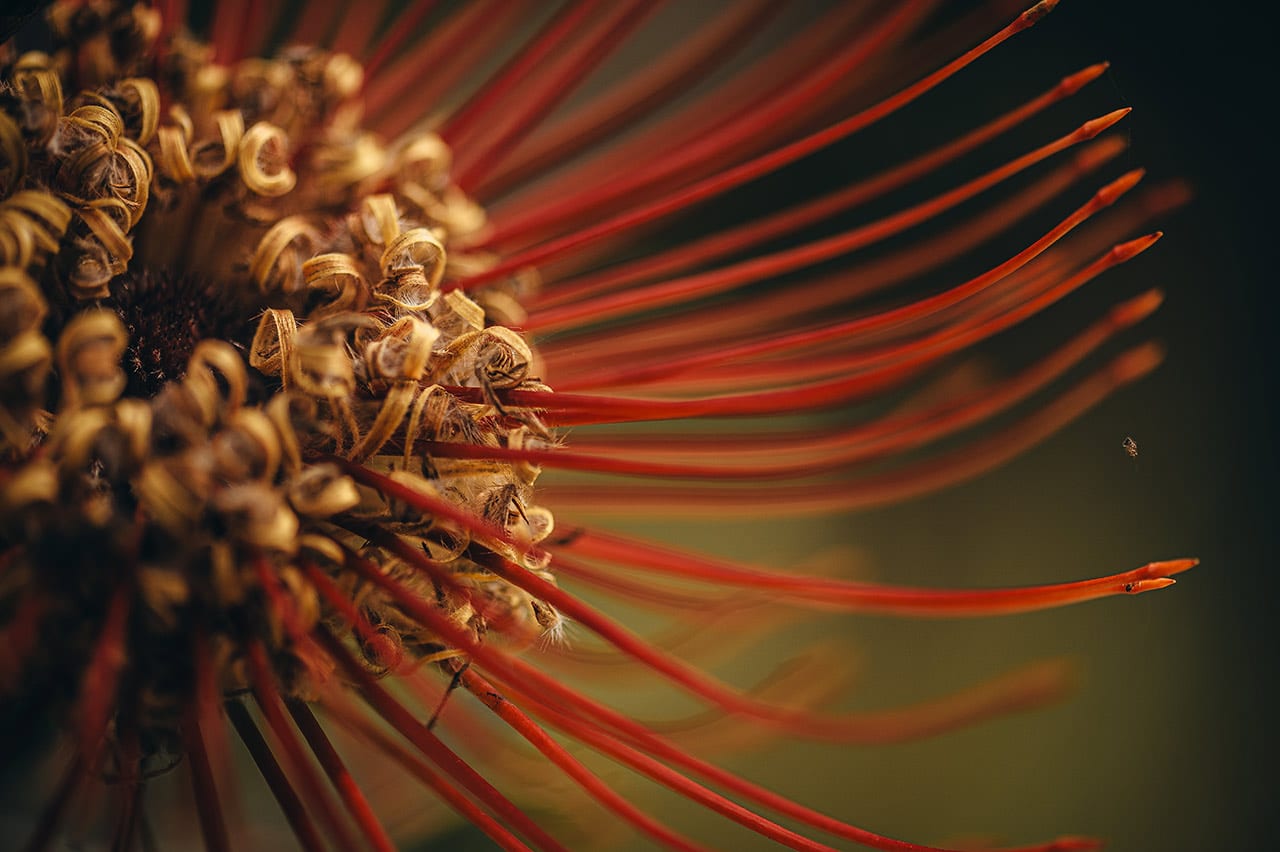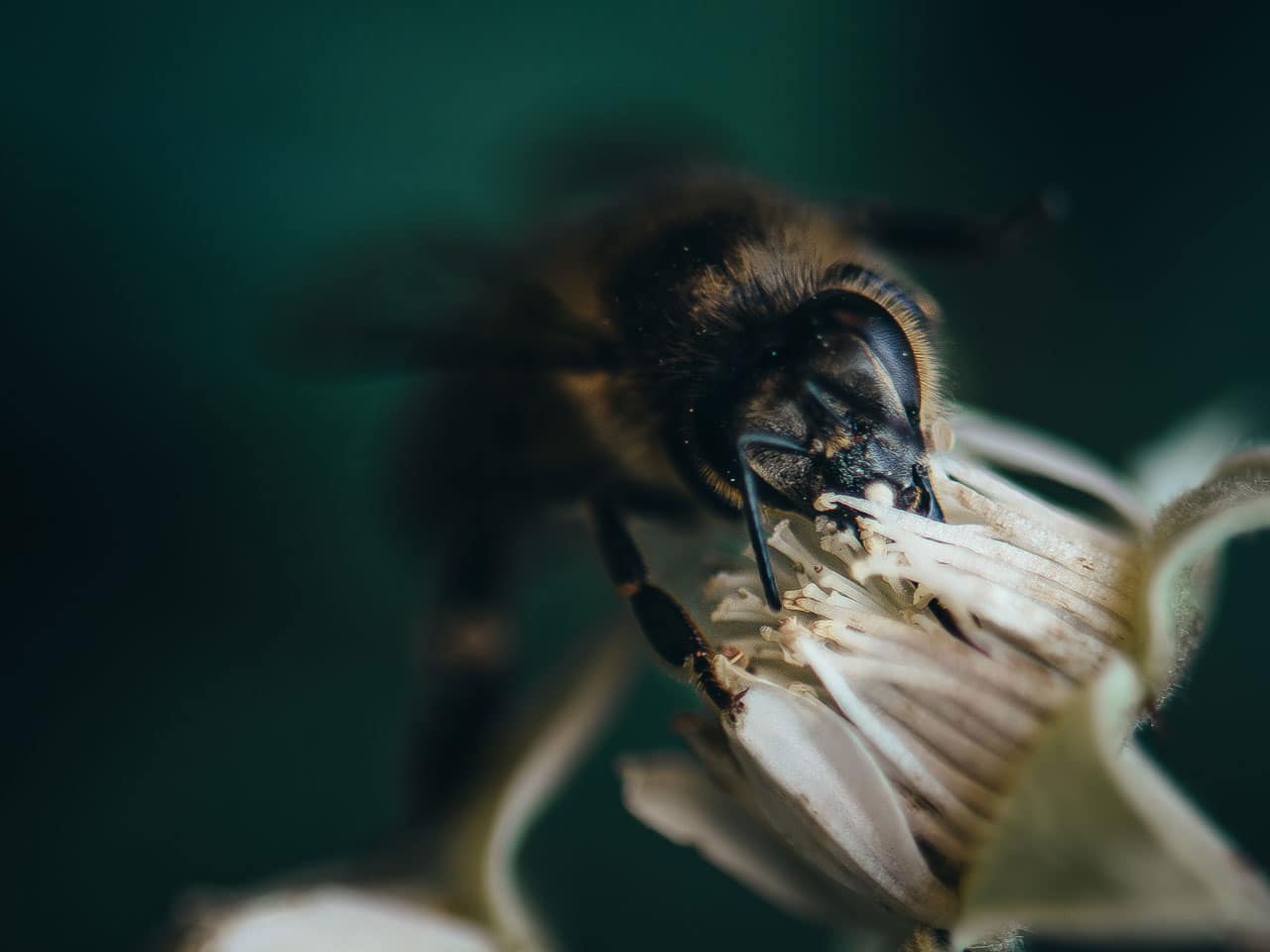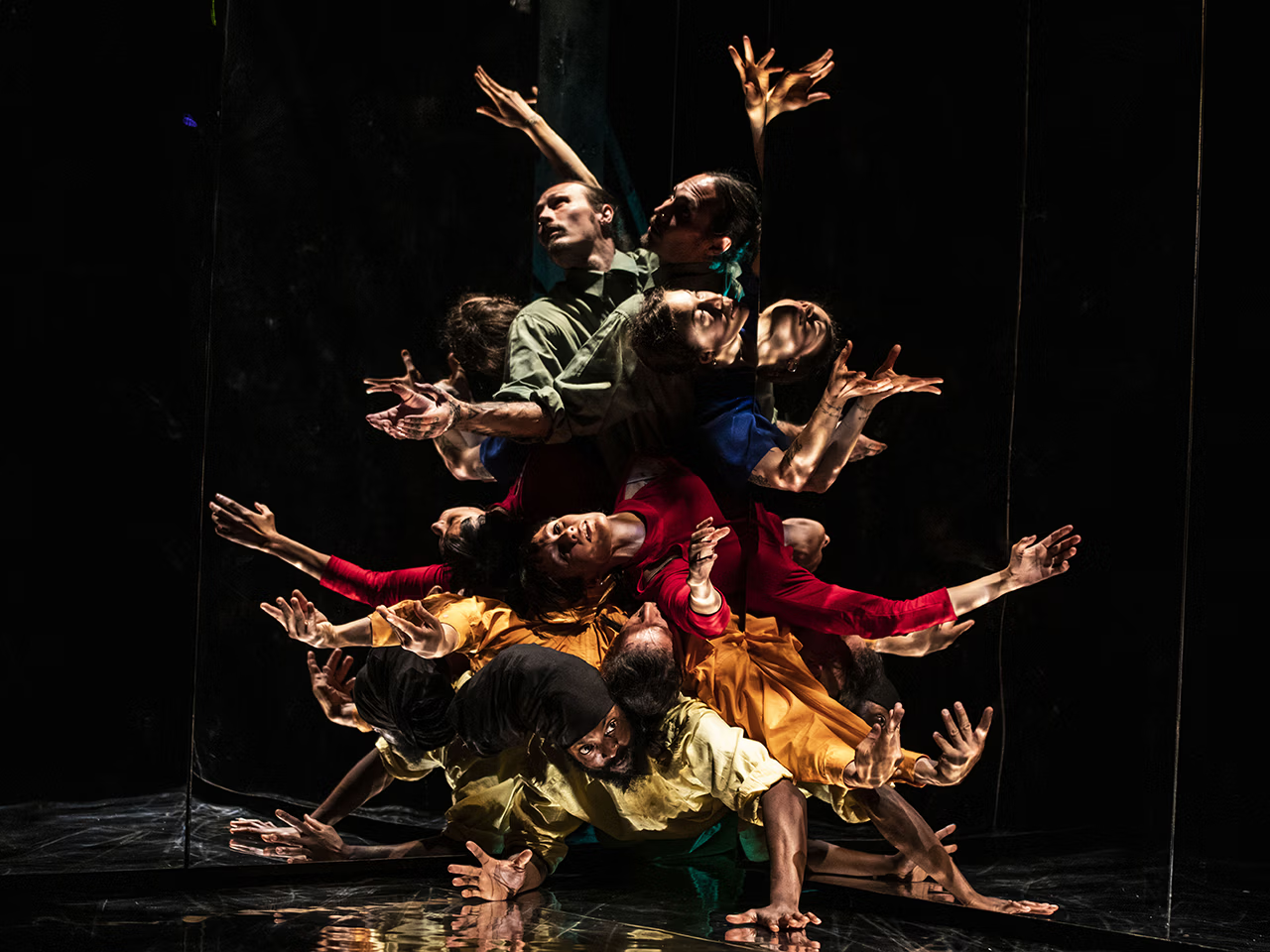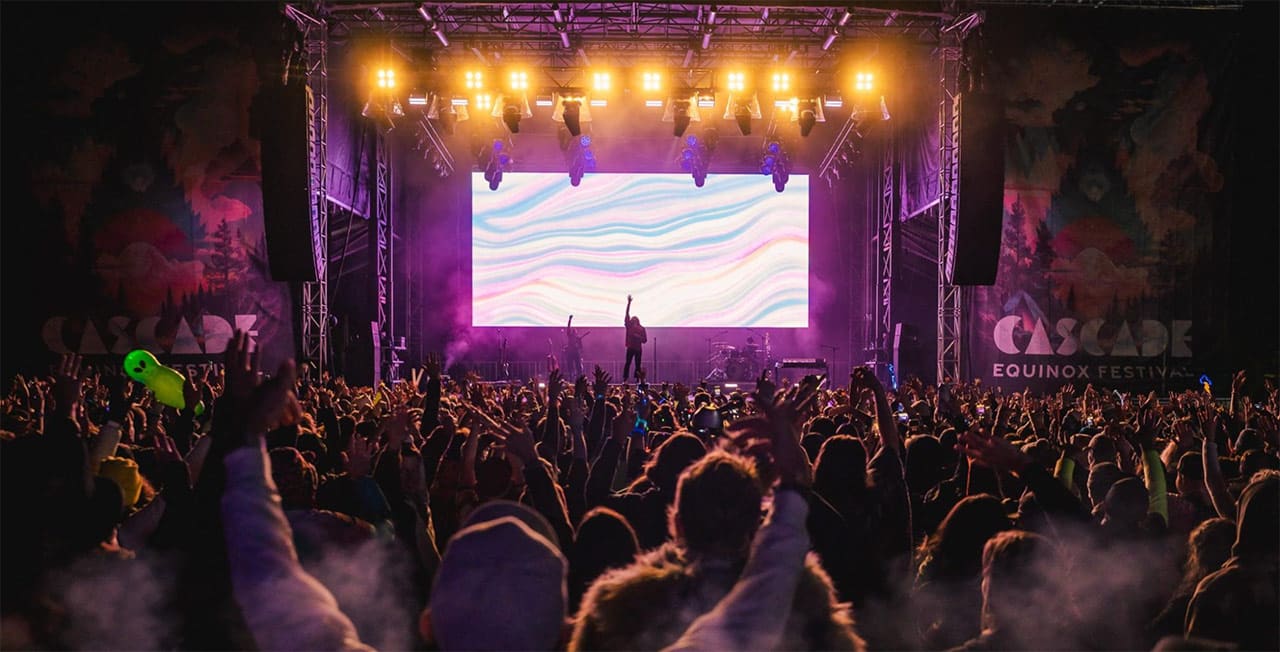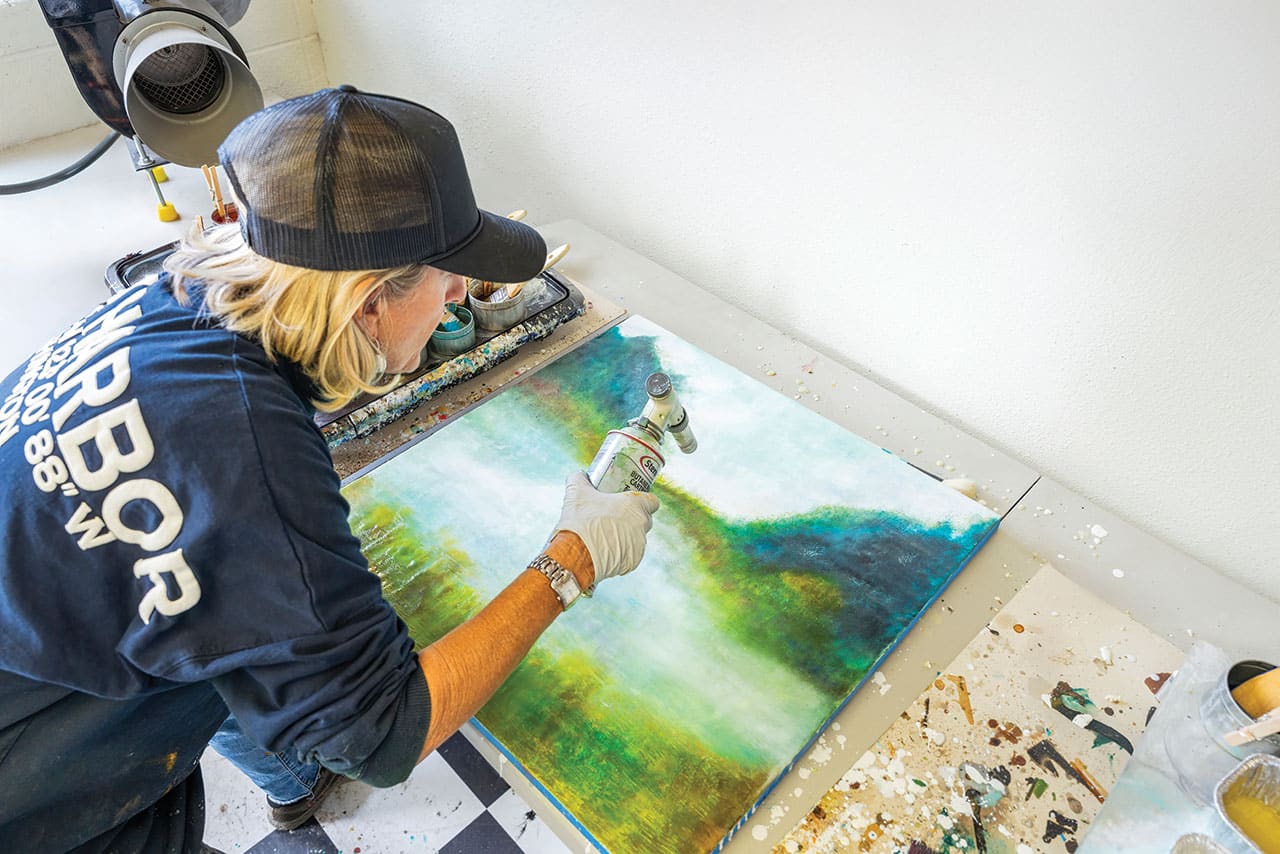With the swoop of a pen, poet William Blake inspired readers to, “See the world in a grain of sand,” and with their cameras, macro photographers similarly reveal what might otherwise go unnoticed. “There is so much beauty in the small world around us,” said Christian Heeb, founder and owner of Cascade School of Photography in Bend. “You make things visible that people overlook.”
The term macro photography may appear itself a misnomer. Macro is a prefix derived from the Greek word macro, meaning big. But macro photography is not the art of capturing large objects. Instead, it is the art of making small things look grand. To qualify as a true macro image, the subject will be magnified to a larger-than-life equivalent: a drop of water, flower petal or seed now resembles the cosmos or an extraterrestrial form.
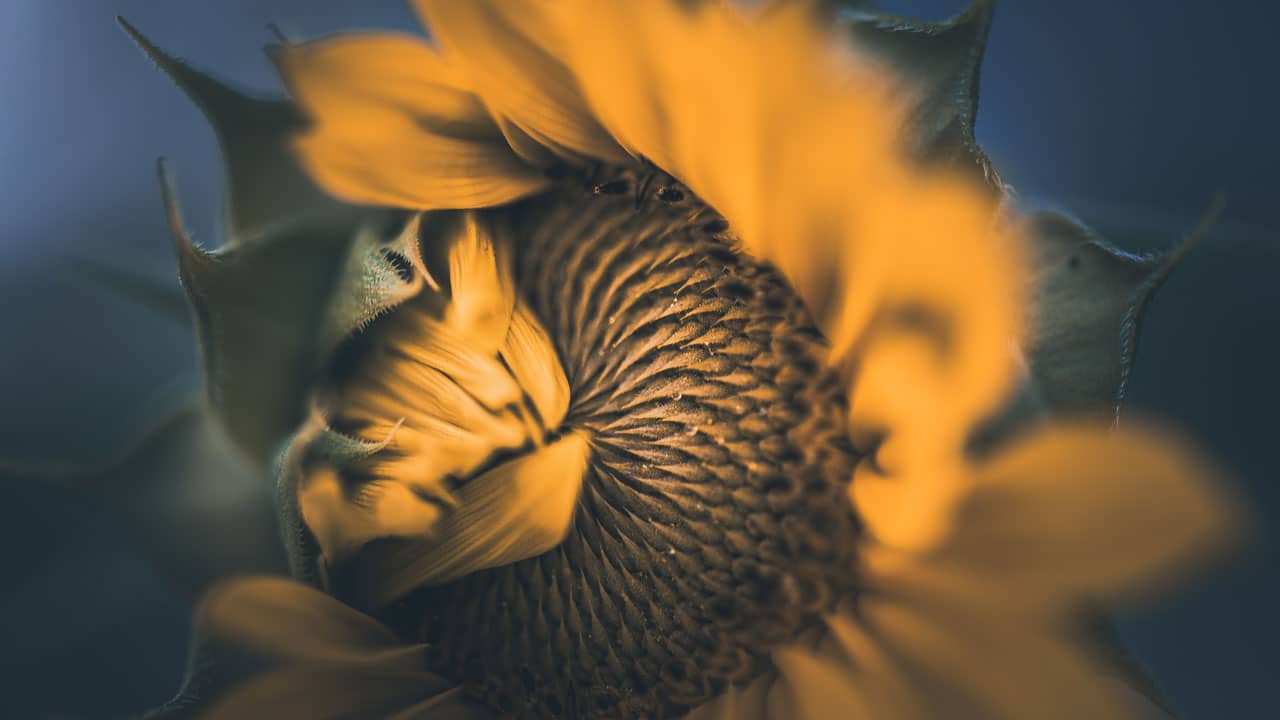
To create their art, macro photographers work with dedicated lenses and an understanding of photography techniques. A 1:1 focal-length lens is used, allowing photographers to focus very close to a subject and create compositions at life-sized—or smaller—scales. Digital advances, such as high-resolution sensors and sophisticated post-processing tools, have opened doors to discovering minutiae. Microscope lenses allow vision to go even smaller, still. “It’s more technical than other genres in photography,” said Heeb. Besides a familiarity with issues such as depth of field, macro photographers need a good eye, sense of composition and framing, he said. While an understanding of the difference between visible, ultraviolet and infrared light isn’t required to be a successful macro photographer, this subset of photographers is often versed in the details of optical science as part of the thoughtful and contemplative area in which they work. On a smaller scale, art is revealed in commonly overlooked things. “Revealing something people are unable to see with bare eyes creates a sense of wonder,” said Heeb.
Plus, there’s no need to travel to faraway landscapes to find extraordinary subjects. All that is needed is patience. A backyard, trail or garden may become exotic when the commonplace is elevated through a lens. A drop of water reveals another planet. Spring flowers look like undersea creatures. The allure for many is the genre’s accessibility. To gain access to the miniature world, photographers look for hidden beauty in plain sight or take a class to guide them. The Cascade School of Photography offers workshops, including one on flowers of the Old Mill District this summer, taught by local photographer Barb Gonzalez.
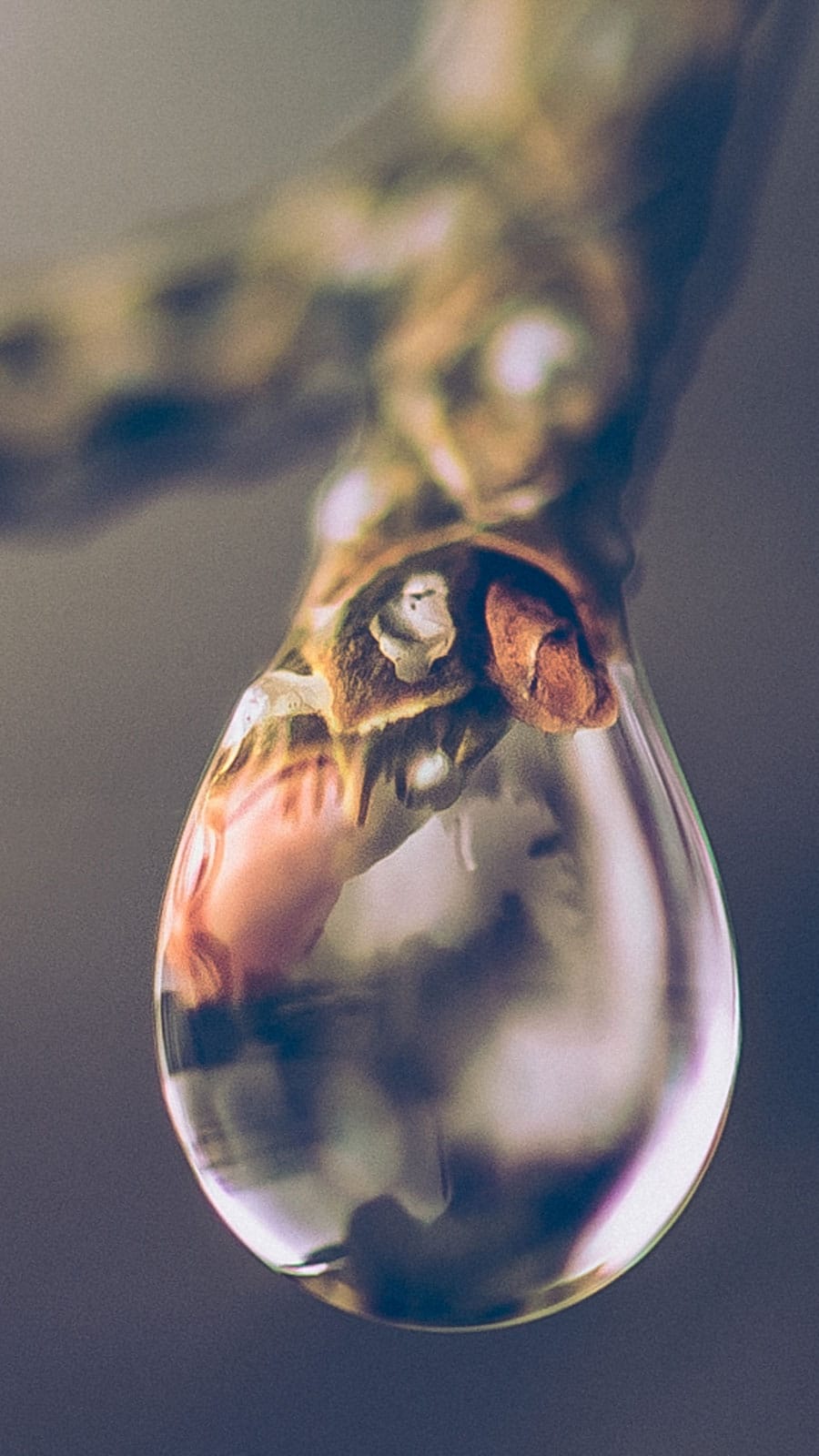
Macro Obsessed in the Pacific Northwest
Photographer Megan Baker came to macro photography as a way to quiet the noise of the world. Having photographed more than 3,000 weddings as a professional based in Maui for almost 20 years, it was the beauty found in a single snowflake that brought her to discoveries through her lens. Nature’s symmetry, or a world that could be gracefully off-center, appealed to her, she explained.
Baker, who spent her early childhood in southern Oregon and had a camera in her hands by age 7, moved to Hawaii in middle school where her family ran a coffee plantation along the flank of Haleakalā Crater. There, her father kept bees, and her mother was versed in the arts of growing things from seed. An appreciation for watching these small miracles was coupled with an early introduction to photography. Baker’s uncle, Stephen Ashley, an aerial photographer, shared his own bird’s eye view by taking images from a plane. On land, a camera provided Baker with a similar “aerial” view of her natural surroundings.
Moving to Bend in 2017 with her husband and two sons, she brought her “dream chaser” spirit to the community. “As an idea person, everything comes down to seeds,” she said. Macro photography was a place for her creativity to grow using a learned economy of scale.
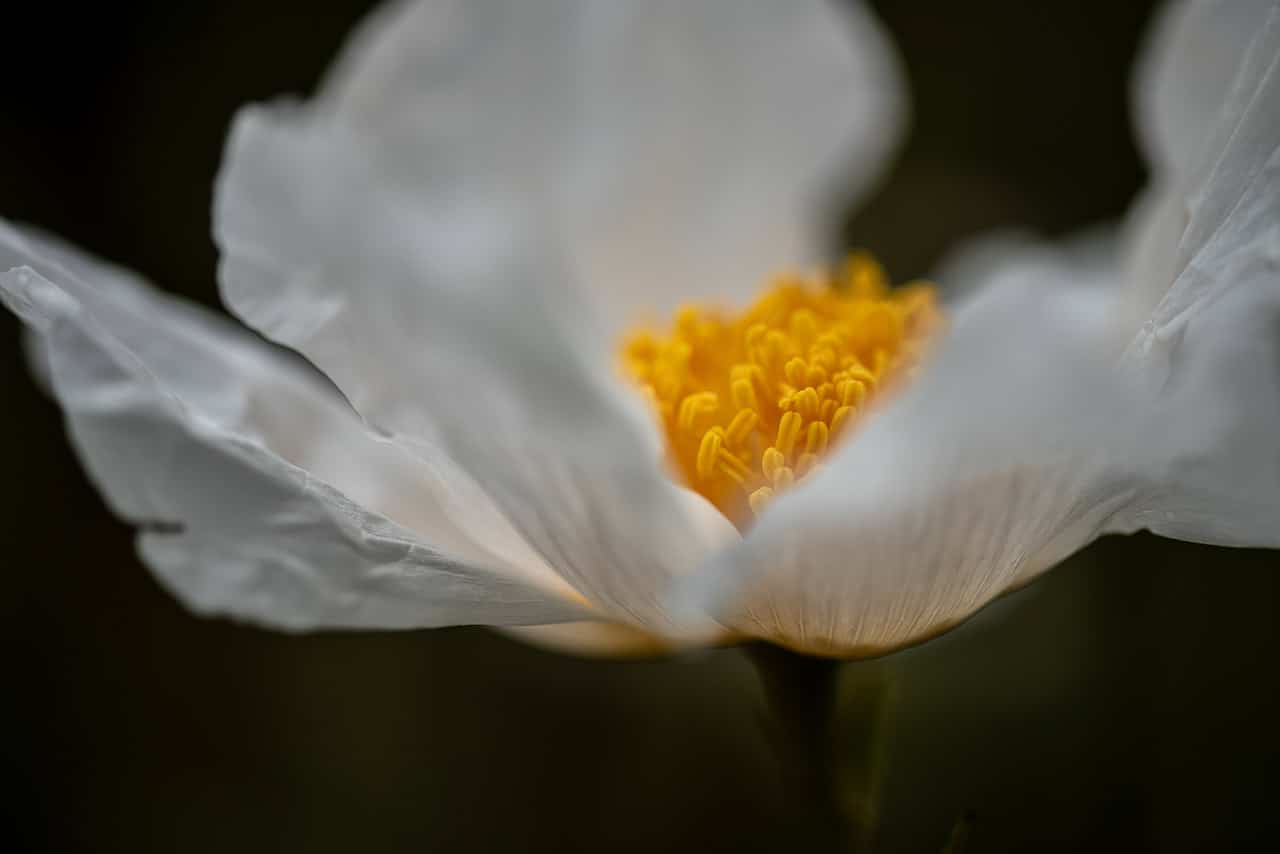
Her image “The Drop” began as a search to capture the microscopic architecture of a snowflake. The fast-melted snow provided something unexpected, though. “I thought I had failed, but in the drop I could see trees, and a bud forming in another world,” she said. In another photograph, a sunflower is less a complete symmetrical form as what she witnessed as an “unfolding.”
With decades of experience as a photographer, Baker is able to use a manual focus in low light to create her images. She prefers what is discovered in the shadows, focusing on the quiet of plants and nature to create art in miniature. With 109 houseplants of her own, she need not go far for natural subjects, though by going small “the lens picks up things your eyes don’t see,” she said.
Looking at worlds hidden by the eye can often appear otherworldly. “I’ve always been drawn to the abstract,” Baker said. “With macro photography I’m really able to express myself.”
See ccophoto.com, @chasing.indigo, mbphotographybend.com.
